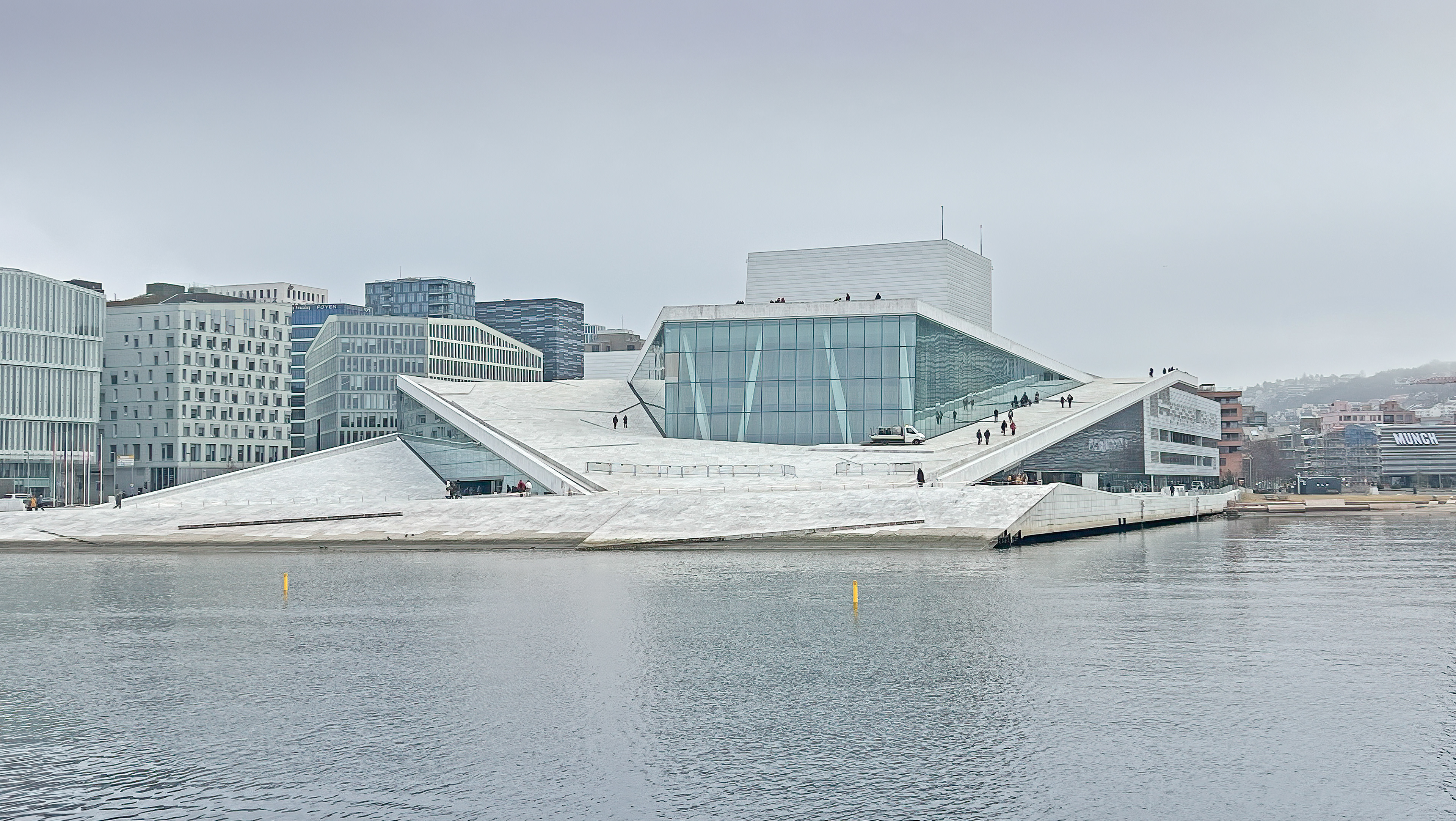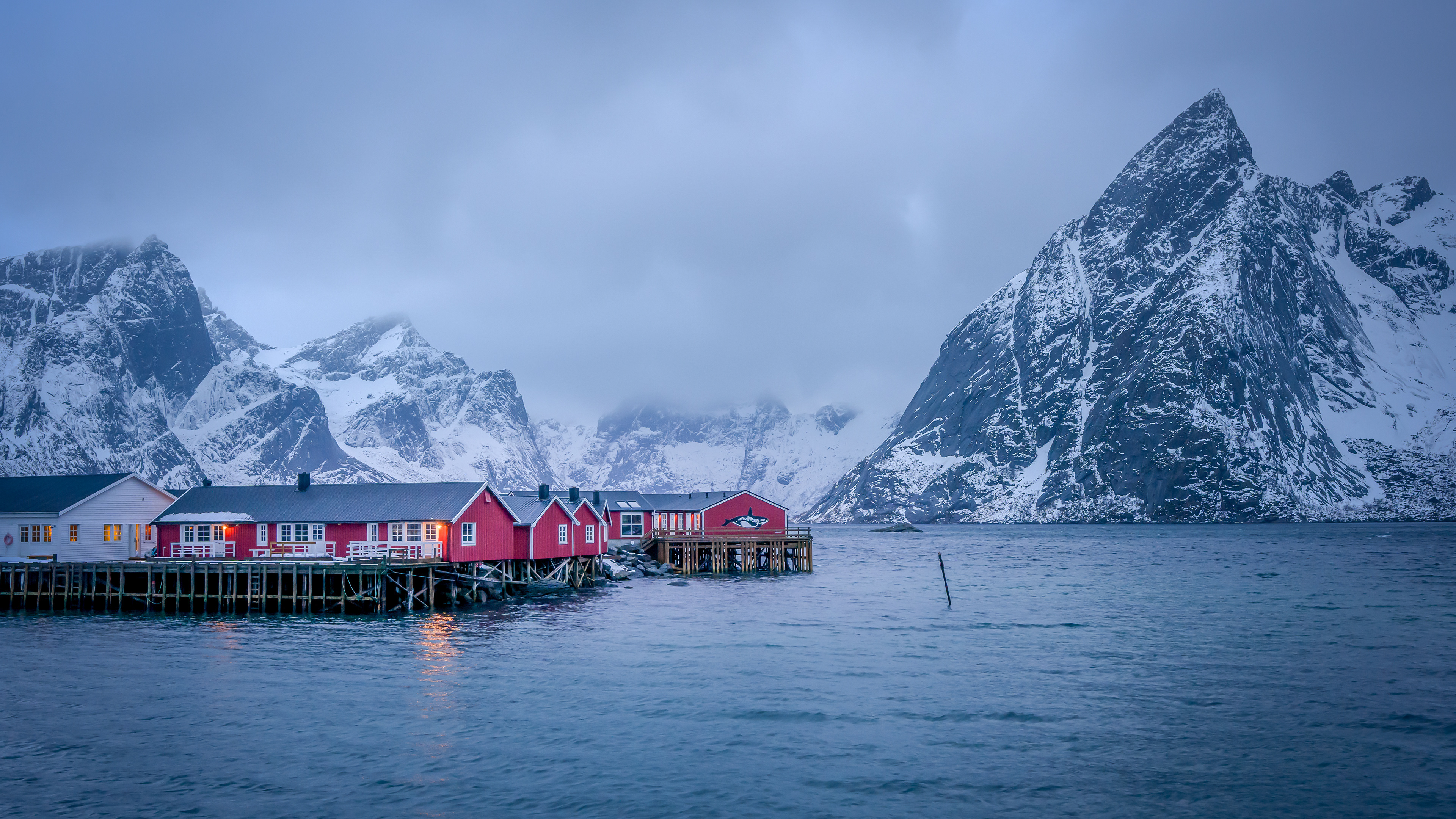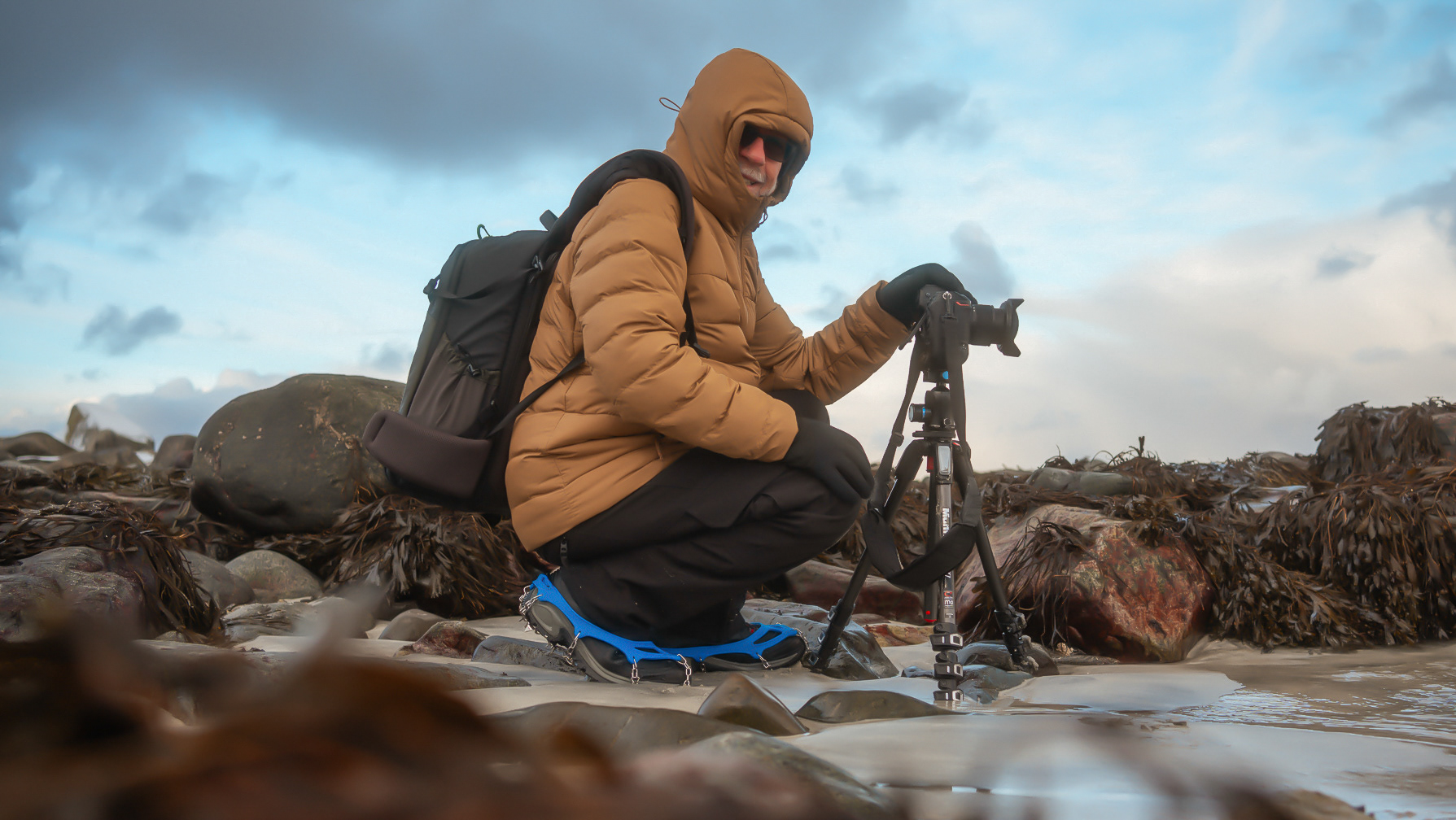Kents Wharf in Cutler is a wholesale seafood business that purchases lobsters from local lobstermen and women for resale. Cutler is also where the Bay of Fundy meets the Gulf of Maine. This area experiences the highest tides in the world, which explains the very long pier pilings.
Boats are moored in Cutler Harbor. The two small boats will take us to the lobster boat, then to Machias Seal Island.
The Barbara Frost took us out to Seal Island.
We passed by the Little River Lighthouse as we headed toward the Gulf of Maine.
Our dinghy tied to the back of our boat as we headed to Seal Island.
As we approach the island, a puffin and razorbills take flight.
It is called Machias "Seal" Island.
Machias Seal Island, known for its large puffin colony, also has many seals, including Common and Grey seals, making it a great place for them to come out and watch us.
This grey seal just surfaced which is why its nostrils are closed. Seals are safe here from shark attacks because the water in the Gulf of Maine is simply too cold.
After arriving at Seal Island, we climbed into a dinghy that took us to a concrete walkway and pier. Since the tide was out, the concrete pier was slippery and covered with seaweed, which we had to navigate carefully. It was great to be on dry land again.
We had to carry poles above our heads as we walked the boardwalk behind me. The terns weren't pleased with our presence, and we used the poles to protect ourselves from their dive-bombing attempts.
Terns are agitated and swarming. This is their nesting season, and they do not like intruders—image used under license from Adobe Stock\Dennis Donohue,
A nesting arctic tern—image used under license from Adobe Stock\Danita Delimont
The duck blind we took photos from.
The lighthouse keeper's bunkhouse is the second-highest point on the island after the lighthouse and a good place to congregate.
Lined up and ready to join the commotion.
They like to squawk with their colorful little mouths. How about that orange tongue?
Atlantic puffins display their vibrant beaks during breeding season. Afterward, they shed their colorful beaks, revealing smaller, duller ones for the remainder of the year.
A pensive look.
A pair of puffins take stock of their nest in the rocks while their noisy neighbors grunt above them.
Puffins are monogamous and mate for life, returning to the same burrow and their mate each year to have their one puffling (yes, that's what they're called).
Atlantic puffins dig burrows in grassy turf or rocky slopes, using their bills and feet for excavation. Once they've dug the burrow, they line the nest with grass, feathers, and other soft materials.
Bringing home dinner. Puffins generally catch small fish like herring and capelin. Puffins underwater appear to fly by flapping their wings to propel themselves into schools of fish, using their little webbed feet as rudders.
Razorbills make low rumbling sounds, almost like the deep purr of a lion or tiger.
Coming in for a landing. The razorbill has very distinguishing markings. I see a Star Wars character.
Like puffins, razorbills can fill their beaks with multiple fish using the hooks on their beaks.
A male common eider walks along a bed of seaweed. These northern seabirds typically fly close to the ocean and rarely venture inland. Their chunky bills are ideal for eating blue mussels, which are their favorite food.
A female common eider and ducklings. She is so different in appearance than the male.
We're heading back to the boat. It's still slippery at the end, but it's much better than when we arrived.
Leaving Seal Island.
West Quody Head Lighthouse, Maine
West Quody Head Lighthouse, Maine. New Brunswick, Canada, is on the opposite shore.
Atlantic puffins and razorbills fly from Machias Seal Island, New Brunswick, Canada. The island is one of the few in North America where the puffins come ashore to breed. Watercolor prints are available here.






